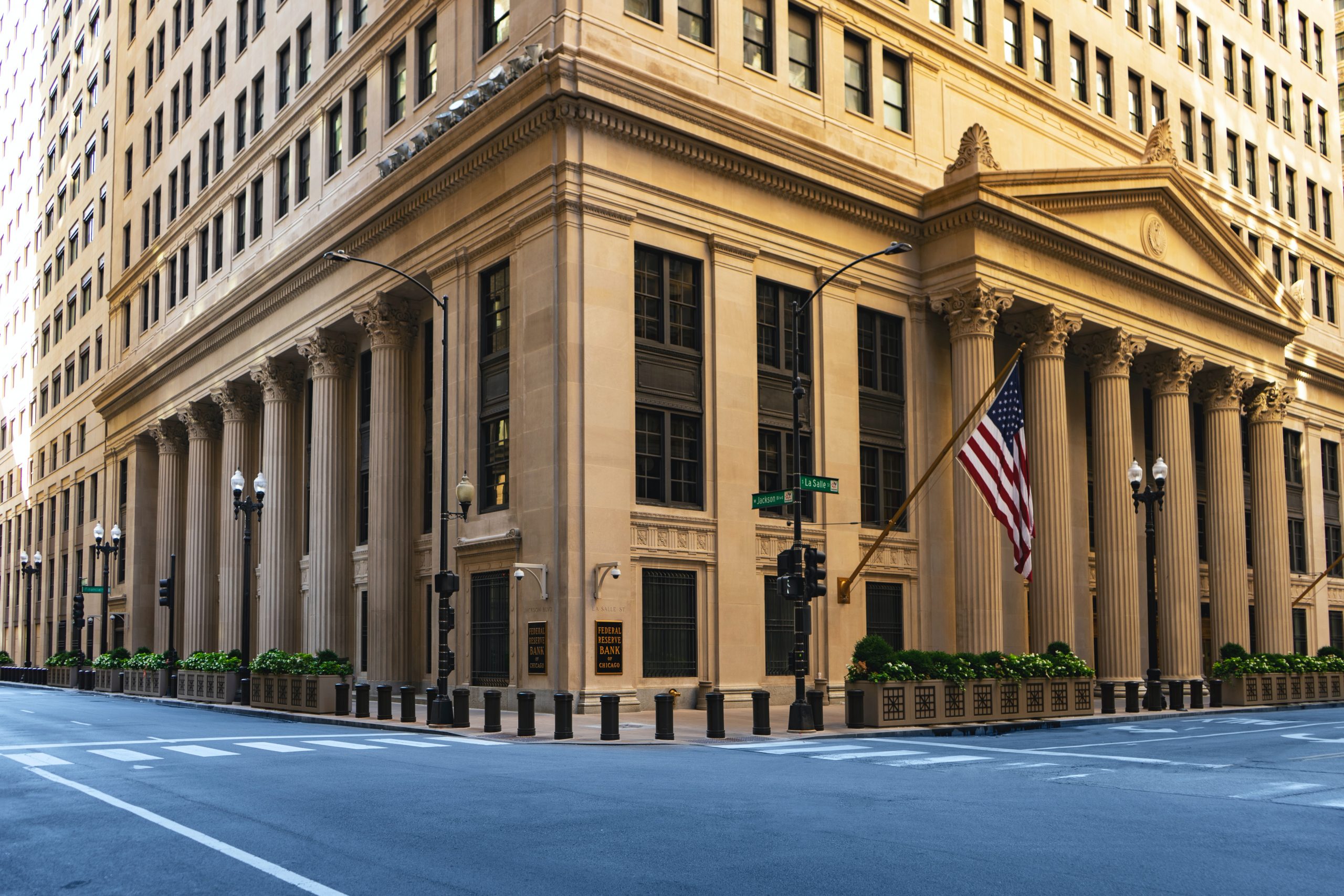Better-than-expected job growth in May likely solidified the likelihood of the Federal Reserve lifting interest rates by a half-percentage point at its meeting in two weeks and again in July as it races to fight inflation.
Employers added 390,000 jobs in May, the Labor Department said in its monthly payroll report released a few days ago, easily beating the 328,000 jobs forecast by Refinitiv economists. The unemployment rate, meanwhile, held steady at 3.6%, the lowest level since February 2020.
While Fed officials appeared largely united in their support for a 50-basis point hike this month and next, the report indicates the labor market remains healthy in the face of growing headwinds from roaring inflation, rising interest rates, supply chain constraints and a worker shortage — giving central bank policymakers a green light to tighten monetary policy as needed.
“This does not look like a labor market about to tip into recession,” said Daniel Zhao, senior economist at jobs review website Glassdoor. “Job gains were healthier than expected and the labor force participation rate ticked up. Despite concerns about a slowdown and even a recession, the labor market’s fundamentals look healthy.”
The central bank is aiming to raise rates beyond a neutral level, meaning it no longer provides any stimulus to the economy. That point could be reached in November or December, Fed Chairman Jerome Powell said last month during an interview with the Wall Street Journal. Last week’s report will likely keep the Fed on track with that ambitious plan.
“The strong May figures will only encourage the Federal Reserve to stick to its course of more aggressive monetary tightening, as inflation remains near a 40-year high,” said Andrew Viteritti, a senior member of the forecasting team at the Economist Intelligence Unit.
The strong labor market is in part fueling record-high inflation, as millions of workers are seeing the largest pay gains in years — the result of companies competing with one another for a limited number of employees. Earnings rose 5.2% in May from the previous year, much higher than the pre-pandemic average of 3%. There are signs that growth could be moderating though, with earnings climbing just 0.3% on a monthly basis, slower than Refinitiv expected.
With wages rising across the economy, many companies have reported passing on the cost to customers. Americans across the country are paying more for everyday goods including food, gasoline, cars and health care, which has eroded much of the pay gains that workers have seen. The rising prices have been bad news for President Biden, who has seen his approval rating plunge as inflation climbs higher.
The Fed’s increasingly hawkish stance will likely create new burdens for businesses. Hiking interest rates tends to create higher rates on consumer and business loans, which slows the economy by forcing employers to cut back on spending. A growing number of Wall Street firms, including Bank of America, Deutsche Bank and Fannie Mae, are now forecasting an economic recession in the next two years.
Powell has acknowledged there could be some “pain associated” with reducing inflation and curbing demand but has pushed back against the notion of an impending recession, identifying the labor market and strong consumer spending as bright spots in the economy. Still, he has warned that a soft landing is not assured.
“It’s going to be a challenging task, and it’s been made more challenging in the last couple of months because of global events,” Powell said earlier this month during a Wall Street Journal live event, referring to the war in Ukraine and COVID lockdowns in China.
Photo by Unsplash

